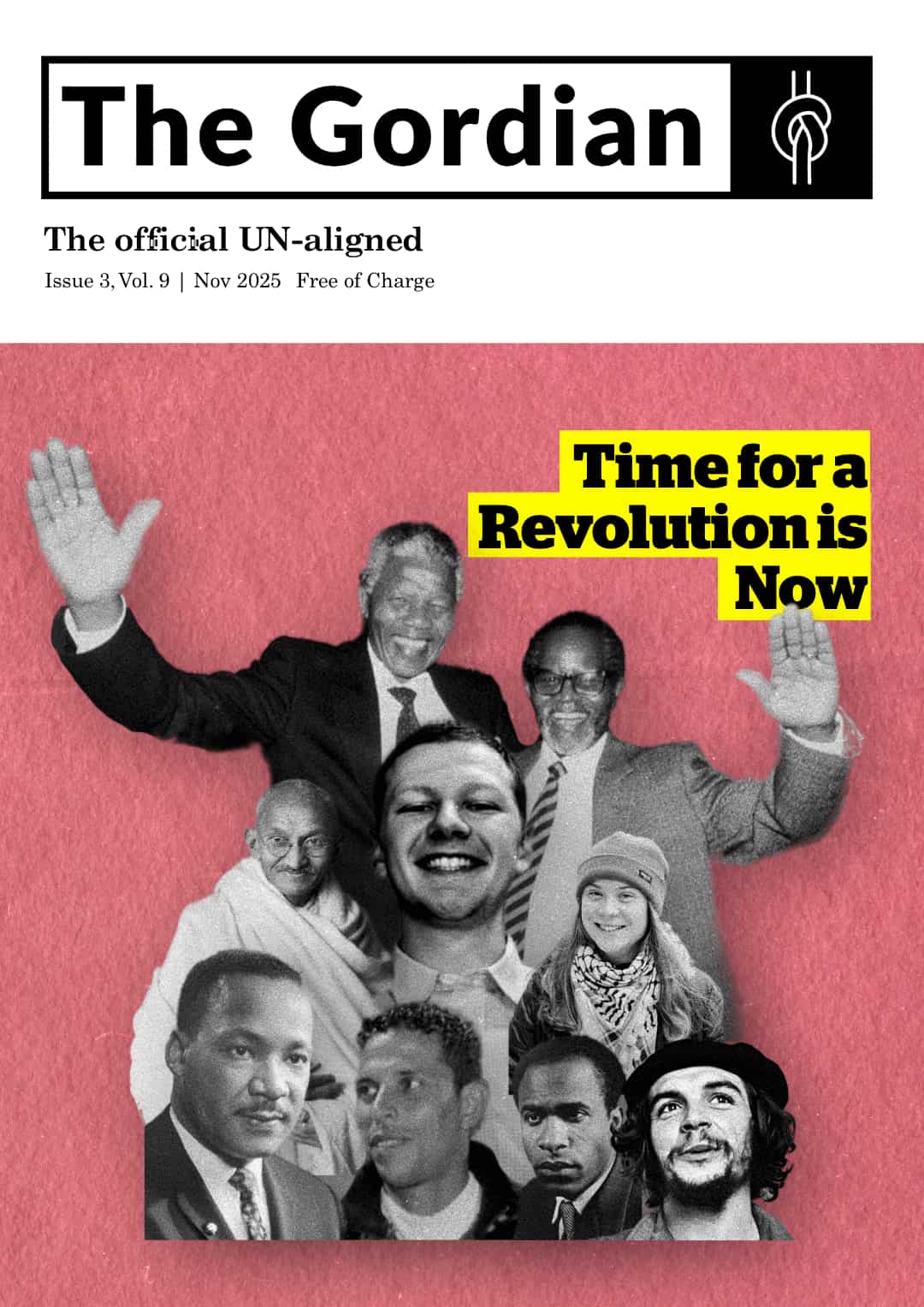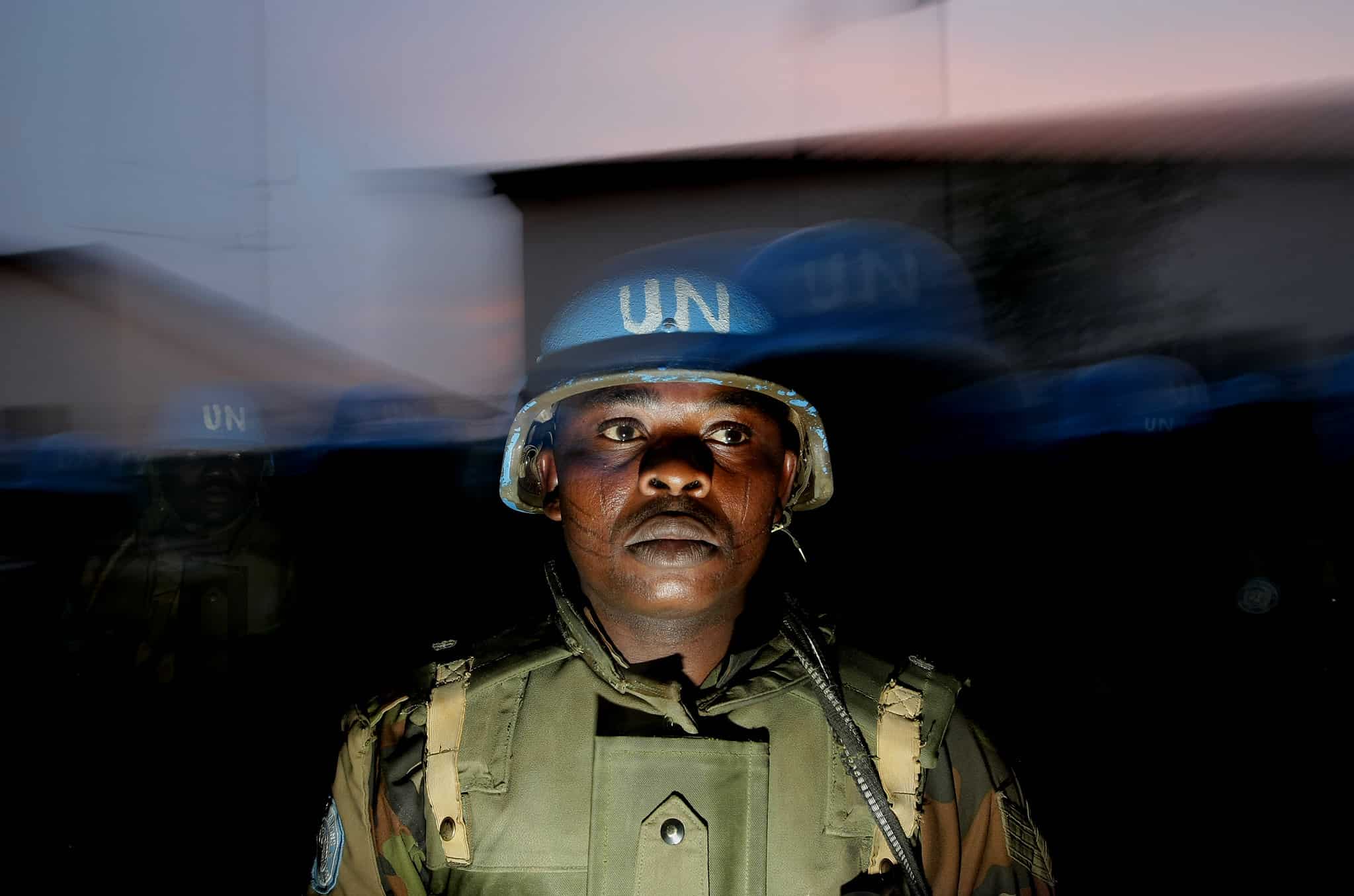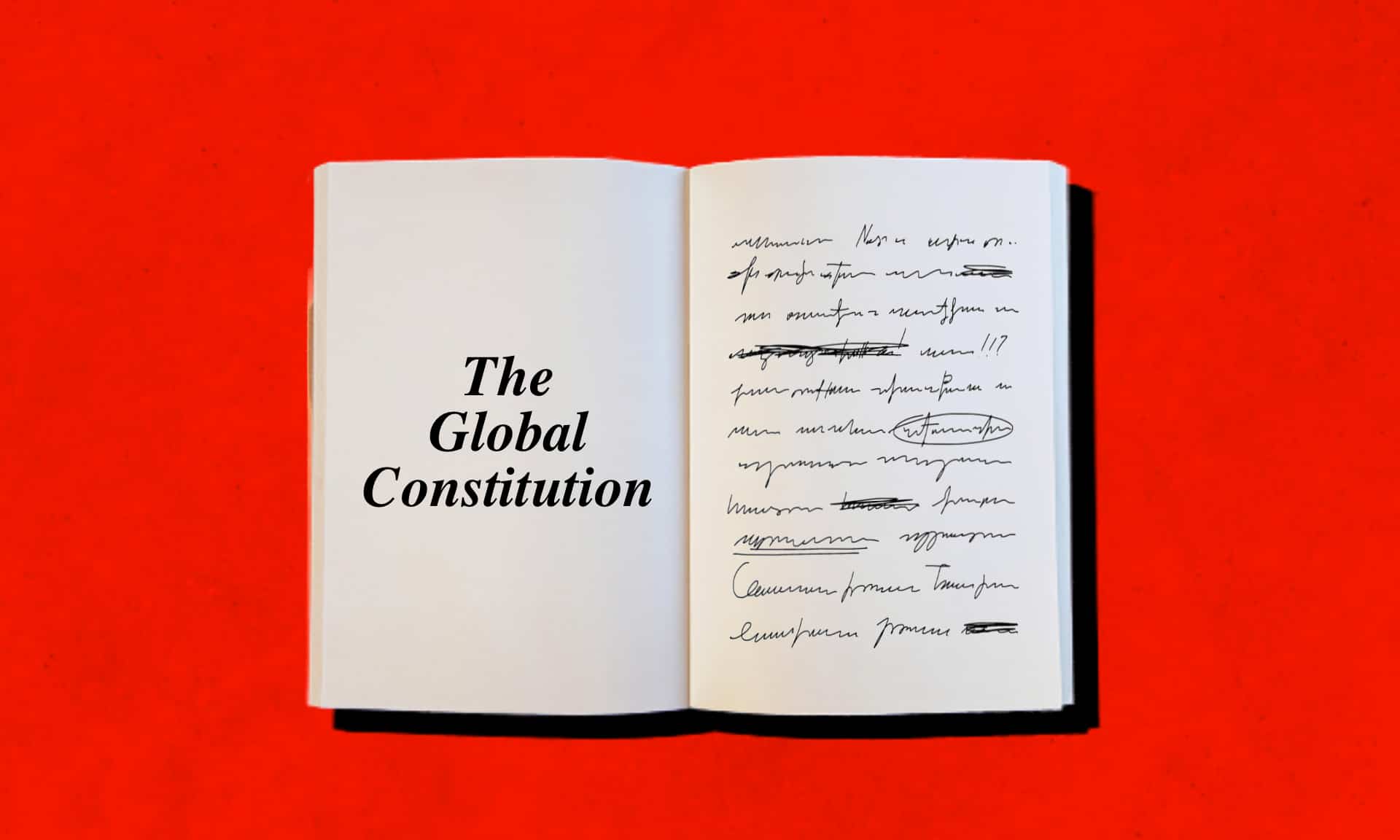Revolution without borders: Why some uprisings spread and others do not
Anger can ignite revolt, but only organisation sustains it. Without vision, unity and plans for governance, revolutions collapse or repeat the tyranny they resist. The chance to prove otherwise may be closer than we think.
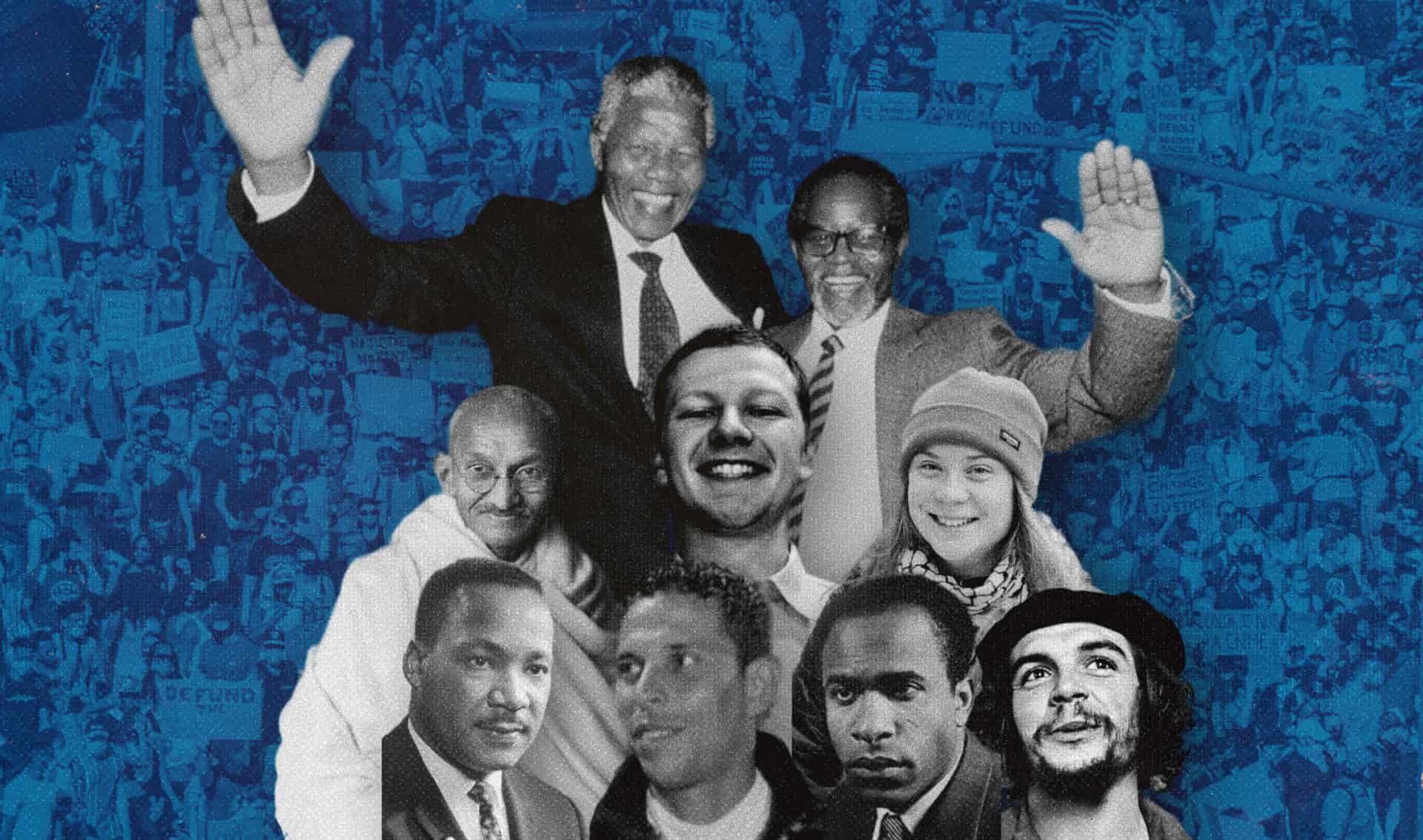
In December 2010, Tarek El-Tayeb Mohamed Bouazizi, a Tunisian street vendor, set himself on fire after municipal officials confiscated his wares and harassed him. Within weeks, the flames of protest spread across a dozen countries. The Arab Spring promised a new age of people’s power—an uprising without borders, amplified by smartphones and social media.
14 years later, in February 2024, Aaron Bushnell, a 25-year-old serviceman, also set himself on fire—this time in front of the Israeli Embassy in Washington DC to protest the slaughter of Palestinians in Gaza and his own country’s complicity. As he prepared to self-immolate, he declared:
“I am an active-duty member of the United States Air Force. And I will no longer be complicit in genocide. I am about to engage in an extreme act of protest. But compared to what people have been experiencing in Palestine at the hands of their colonizers—it’s not extreme at all."
“This is what our ruling class has decided will be normal.”
This time, however, the world slept. Only after more than two years, when the genocide reached its most brutal phases, did mass protests begin to intensify.
In the first case, people were reacting to their own oppression—Bouazizi’s sacrifice resonated close to home and across borders. In the second, the oppression occurred in a distant land; it took far longer for people to perceive that their governments’ contempt for human life and dignity could turn toward them—something that, increasingly, is happening in the US and the UK.
Revolutions evolve in many ways and produce vastly different results. The wreckage of the Arab Spring is a bitter lesson: fragile democracies crushed, civil wars unleashed, dictatorships reborn.
Many revolutions end in disappointment or catastrophe—some are crushed by the tyranny they are born to overthrow (as with Spartacus’s slave revolt in the Third Servile War), others are subverted from within (as the French Revolution ultimately was by the rise of Napoleon).
Still, history also contains clear successes: the American Revolution, the Haitian Revolution, and the Eastern European revolutions of 1989 that broke Soviet domination.
The lesson is that anger and mobilisation alone are no guarantee of a satisfactory outcome.
The making of a successful revolution
Revolutions are complicated. In some ways, however, they are akin to volcanoes: pressure builds up, there is an eruption and the landscape is altered. Whether a revolution is successful or not, the results and repercussions, for better or for worse, are never negligible.
The first stage involves an incubation period, which includes incremental discontent, often generated by abuse of power. The festering beneath must be ripe and ready to erupt; and this, as suggested above, entails oppression or threats to collective wellbeing, but most importantly: an awareness of this.
In turn, this requires triggers to set it off. The difference between the results of the self-immolation of Bouazizi and Bushnell highlight the fact that triggers are not always immediate or explosive in their effects.
Sometimes, they fizzle out through token concessions, at other times they evolve gradually into movements or political parties despite the original eruptions which often manifest themselves as rallies or riots.
Also, triggers can be incremental, martyr figures like Bouazizi or George Floyd, can lead to demonstrations which in turn can, but not necessarily, lead to protests or movements.
Other catalysts can be carefully organised revolutionary movements, although in an age where it is difficult to express a craving for peanut butter in the privacy of your own parlour without finding that peanut butter adds start appearing all over your screens, underground movements are highly vulnerable to digital spying.
Moreover, the more oppressive the regime the greater the danger. As Huey Newton, who co-founded the Black Panther Party warned: “The first lesson a revolutionary must learn is that he is a doomed man.”
This can be the case, irrespective of whether the revolution depends on violence or peaceful activism. Recent examples of peaceful revolutionaries include Mahatma Gandhi, Martin Luther King, Nelson Mandela and Greta Thunberg. All have been persecuted.
Peaceful revolutions are often the most successful, however, because they spring from a well-established vision, rather than an overflow of anger, which can be leaderless and disorganised.
A global revolution needs to be universally relevant transcending borders and cultural characteristics
Every successful revolution, then, must plan not just how to win, but how to govern. Also, without a blueprint for rebuilding, the vacuum fills more easily with opportunists. Even then, the danger persists. As Hannah Arendt states in her treatise On Revolution (1963): “The most radical revolutionary will become a conservative the day after the revolution.”
The Catholic Church is a prime example of this. Jesus’s message was one of kindness, tolerance and non-conformism; a message which inspired thousands, despite the real threat of martyrdom. Yet, no sooner did Christianity take over, than its leaders became just as cruel and intolerant as the persecutors they replaced.
A revolution must therefore include frameworks for transition, resource sharing and rebuilding institutions before they collapse. They require strong leadership, ideological clarity, popular unity and legitimacy.
Furthermore, a global revolution needs to be universally relevant, with a shared moral compass revolving around simple but universal demands that transcend borders and cultural characteristics; namely: justice, dignity, sustainability and equality.
Time for a revolution is now
President Trump has indirectly done the world a great service. His imperialistic arrogance and scorn of international law, his cosying up to bloodthirsty dictators, his militant contempt for the needy, his blatant lies, his capitalist infatuations, his disregard for the planet and the fact that many politicians around the world kowtow to him, have helped even some of the dullest minds to realise that something is seriously wrong with governance around the world.
The masks are off. The super-rich are getting richer, poverty is on the rise, the environment is being destroyed and genocide is no longer a red line. We are being taken for a ride: a joyride that will dash us all over the precipice.
If we do not react and take control, we will be abandoning our future and the future of subsequent generations to the mercy of criminals. So yes, the time for a revolution is now and the festering is beyond doubt, with triggers clicking with increasing frequency and intensity.
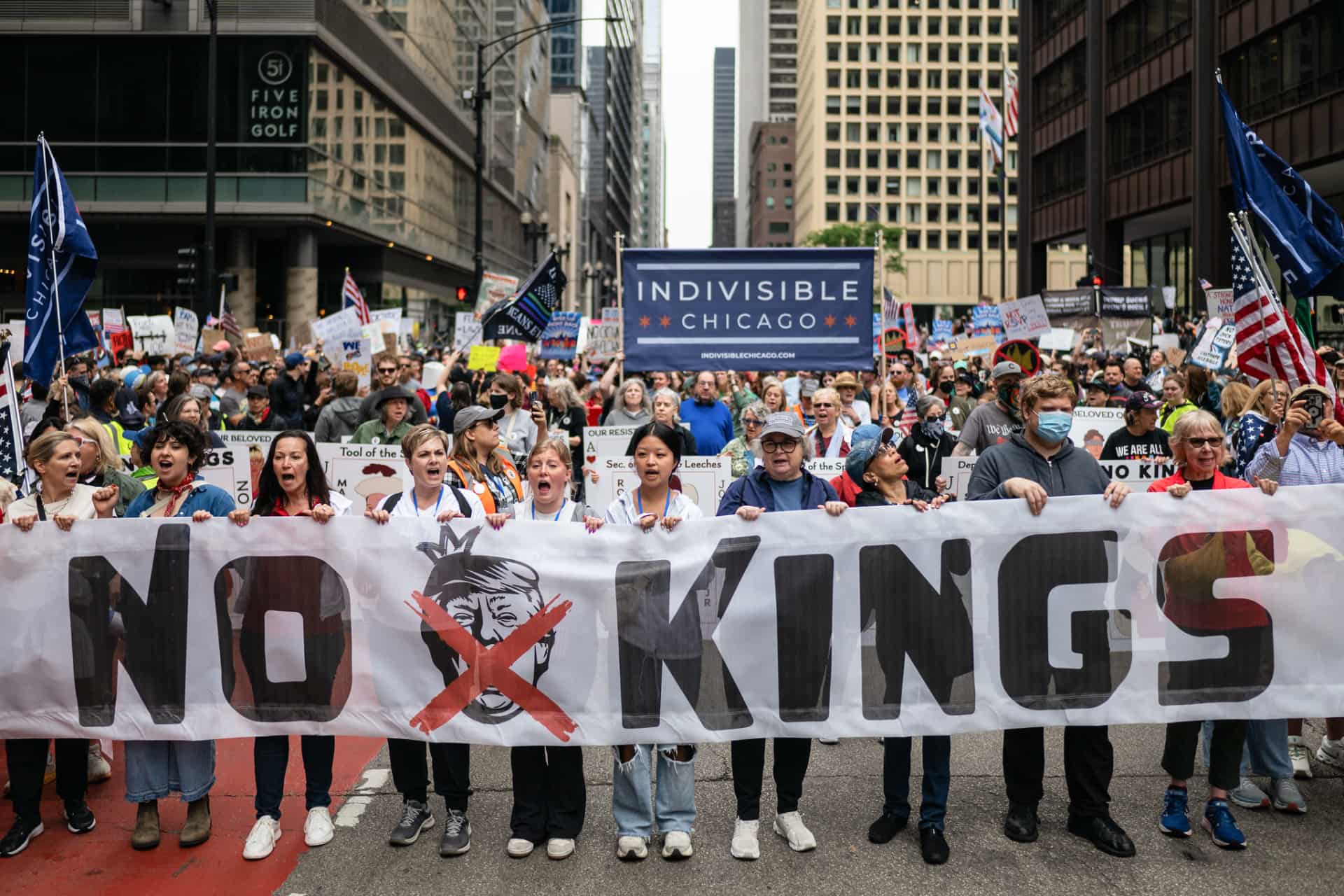
On October 18, for instance, the US had its biggest pouring of discontent in its history with over 7 million people taking to the streets in the “No Kings!” protests, sparking rallies in solidarity around the world throughout the weekend.
Nevertheless, a global revolution requires a global perspective that is more than just solidarity. The blueprint should have been the United Nations, but as is evident from its monumental failures, it is a red herring, a lame duck, a toy in the hands of the powerbrokers.
Once the propaganda surrounding its creation is put aside, it becomes evident that the seeds of this failure were deliberately planted in the founding principles of the organisation, with the five leading imperialistic powers giving themselves veto privileges to ensure that they would dominate geopolitics for as long as the organisation stood.
What is needed is a new United Nations that is completely free from the shackles of imperialism and subservience to capitalism, and founded on sacrosanct moral principles that prioritise human rights, environmental protection, animal welfare and world peace.
Such an organisation would need to be a united nations of people rather than nation states. It would need to be a state above states guarding and promoting what is best in humanity.
A well organised revolution could give muscle to such an organisation, giving it a voice that will not only name and shame those who ignore it, but will also have people power to back it up.
The main difficulty arises with the bi-polar makeup of many countries, meaning that a consensus for this super state of a united nations would always be wanting. This condition, however, is not a natural division of humanity. It is the result of propaganda and manipulation which owes its influence to state-sponsored policies.
Education drives, therefore, could help resolve these problems by highlighting the importance and efficacy of cooperation and respect.
The revolution starts here
The organisation described above already exists, as UN-aligned is just that. We are a “United Nations” made up of people, with members from all over the world and founded on those four guiding principles: human rights, environmental protection, animal welfare and world peace.
Moreover, one of our main missions is education and the dissemination of knowledge. The more members we have, the more we educate towards peace and respect and the more we link to revolutions around the world, and the more will we be able to shape a safer and brighter future.
Help us by becoming more involved. Waving revolutionary flags from the balcony is all well and good, but why settle for less when you can become the revolution? Join us. Build institutions, share knowledge, organise locally and globally—and help turn righteous anger into lasting change.
Become a free member
